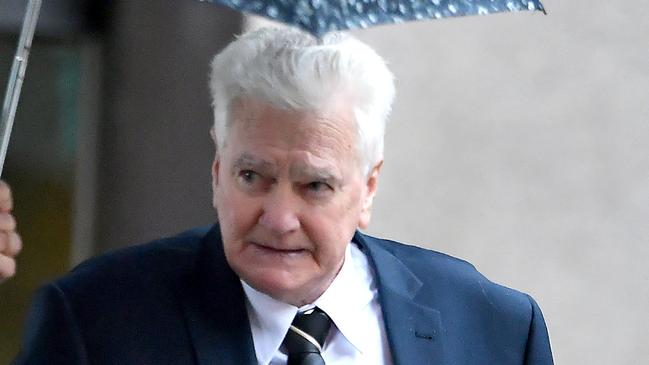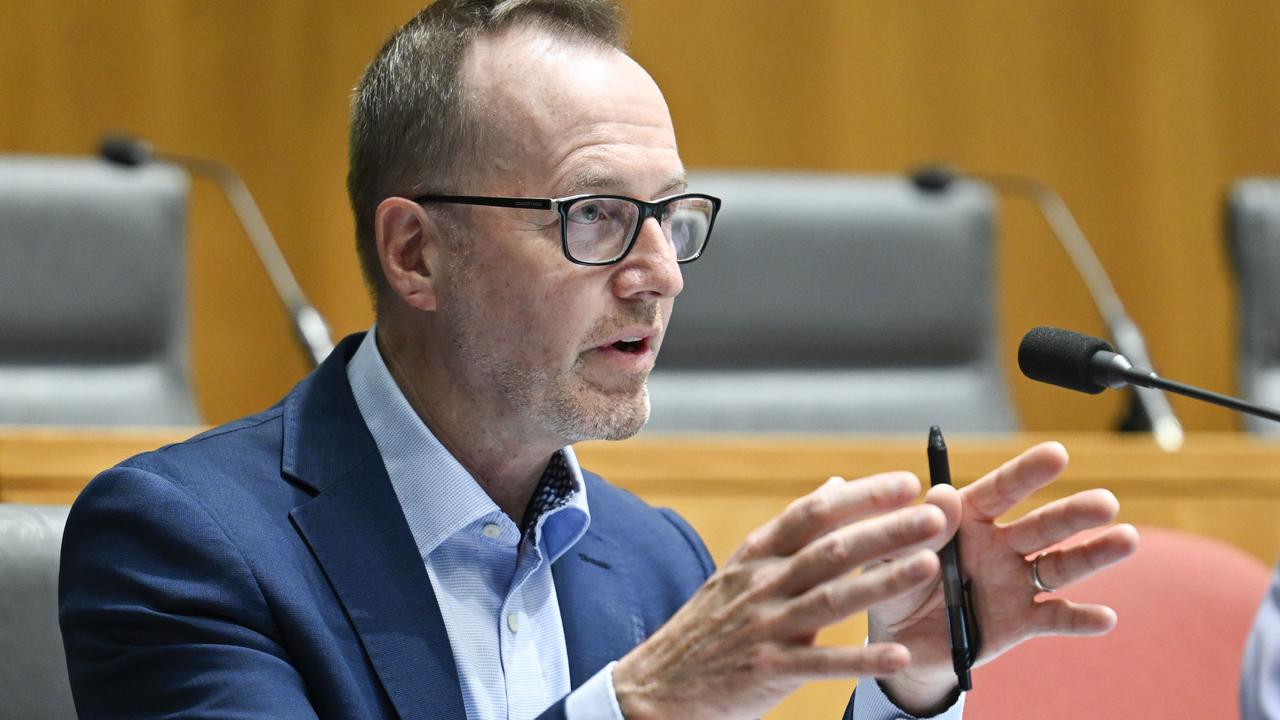Whiskey Au Go Go inquest a series of old photos and dim memories
The final phase of the inquest into Brisbane’s 1973 Whiskey Au Go Go nightclub mass murder opened on Monday to few public observers and even fewer clear memories.

The final phase of the inquest into Brisbane’s 1973 Whiskey Au Go Go nightclub mass murder opened on Monday to few public observers and even fewer clear memories drawn from the past.
Fifty years after the club was firebombed with the loss of 15 innocent lives, the Coroner’s Court was a gruel of vague recollections, black-and-white photographs and ageing court transcripts. Some phrases were repeated like a mantra: I don’t recall, I can’t remember, it was so long ago.
The inquest, which held hearings in June last year and in late January this year, will sit into mid-next week before it, too, goes the way of the history books.
What yesterday proved conclusively was the corrosive power of the passage of time.
Two men – John Andrew Stuart and James Finch – were convicted of the Whiskey firebombing and sent to prison for life in 1973. But the inquest has been examining the possibility that more people were behind the mass murder.
It has also been looking into the effectiveness of the initial police investigation and whether or not James Finch was verballed by detectives.
Yesterday, before Coroner Terry Ryan, the matter of the alleged police verbal haunted Court 17. And the bulk of questions from counsels assisting the coroner, Stephen Keim SC, and Avelina Tarrago, centred specifically on what happened in the Brisbane watch-house on the weekend of March 10 and 11, 1973, when Finch and Stuart were brought in, questioned and charged over the fire.
The first witness was Samuel Sheehan, 71, then a young police constable on duty in the Brisbane watch-house on that distant weekend just two days after the fire.
He made a statement in August 1973 about his interaction with Finch and Stuart in the watch-house. The statement revealed that while the two men were being charged, Stuart said repeatedly he was not guilty, and that his mate Finch wasn’t guilty either.
A series of black-and-white photographs of the watch-house was broadcast on the court television screens, an instant portal into the early 1970s with its drab counter, wooden bench, giant charge books and in the background, an ancient “Gestetner” machine, a forerunner to a photocopier.
Mr Sheehan was asked if he recalled which detectives brought James Finch into the watch-house. No, he didn’t. Did he remember any detectives from Sydney being present? (Detective Roger Rogerson had come to Brisbane from Sydney to assist local police.) No. Mr Sheehan told the court that that moment in time in his memory had become “hazy”.
It’s worth posing the question: Who could possibly remember two work shifts almost five decades ago?
After lunch the court called Peter David Slatter, who on the weekend in question was a detective senior constable attached to the Brisbane CIB Homicide Squad. Mr Slatter, now long-retired, was called in to work soon after the Whiskey tragedy on March 8, 1973, and for a time sat with Finch in the watch-house.
Mr Slatter was taken through evidence he gave at Finch and Stuart’s trial in September/October 1973, and discussed a meal of ocean trout prepared by Brisbane’s famed Breakfast Creek Hotel that was brought into the watch-house for Finch and other detectives. He said the “premise” that Finch’s statement was made up by police was wrong.
One tissue of memory that remained strong yesterday was a statement from Whiskey victim Leslie Palethorpe’s sister, Helen, that was read to the court. She turned 14 the day after her brother died. “The question why it occurred has never been answered,” she said. “It has broken me. Les is on my mind every day.”
Convicted murderer and former Sydney detective Roger Rogerson – who was present when Finch was interrogated – is expected to be a witness later this week.


